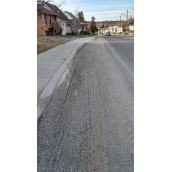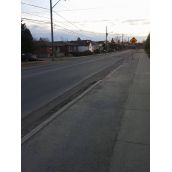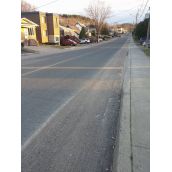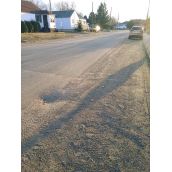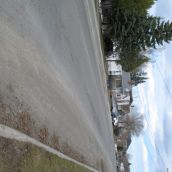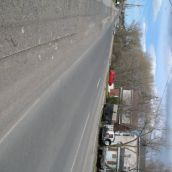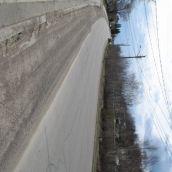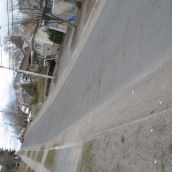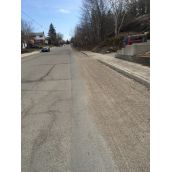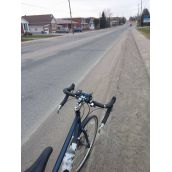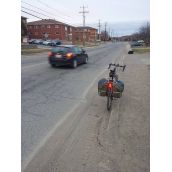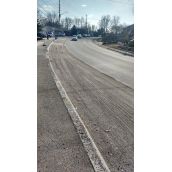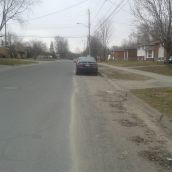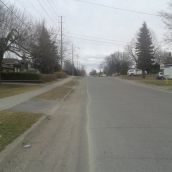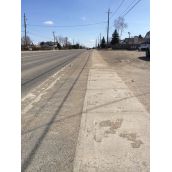Winter sand shows room for potential bike routes.
When spring arrives, many people want to get out on their bike. Sand left on the roads can make that hazardous, and local cyclists have been vocal about getting sand cleaned up quickly, and about the need to prioritize cycling routes for street sweeping.
However, cyclists are interested in that sand for another reason. Those big swathes of sand at the side of streets shows room not being used by cars. In other words, room for potential bike routes. In winter, this same observation is often made with snow and snow banks, called ‘sneckdowns.’
Before the street sweepers hit the streets, cyclists gathered some photos of streets along their routes to demonstrate where there was ample room for a bike lane or edge lane that, with a bit of paint (or bollards on a busier street), would dedicate safe road space for cyclists. They also measured the width of the undisturbed sand. Most of these streets have been identified as part of a minimum grid of cycling routes needed to travel around Greater Sudbury by bike. This simple collection of photos shows potential for a ‘quick fix’ for many streets. As Lilly Noble said, “Sand shows where snow was stored in winter and where bike lanes could be in spring, summer and fall. Could we all live with that?”
+
Note: streets pictured in the photo essay that are also part of the minimum grid of cycling routes are: Riverside, Ontario, Wembley, Winchester, Falconbridge, Martindale, Charlotte, Madison, Gary, Southview, Walford, Kelly Lake.
